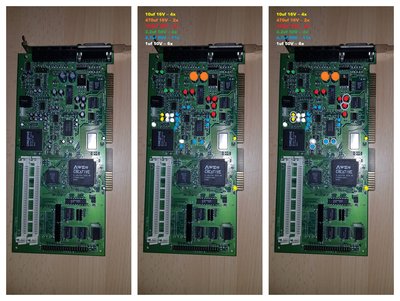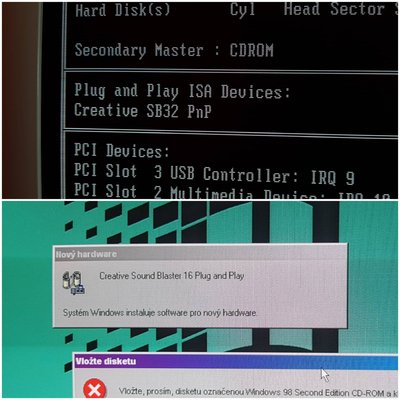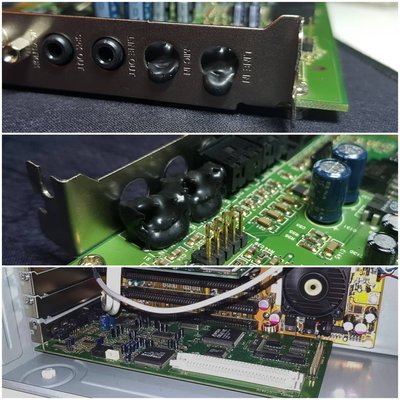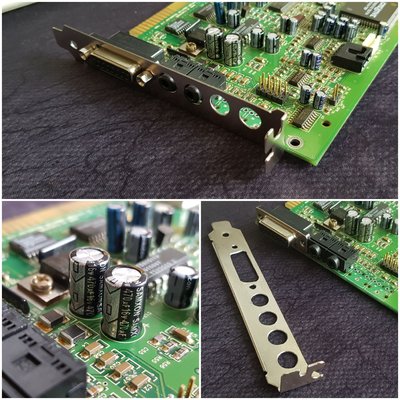First post, by assasincz
Hi guys,
Some time ago, I got hold of Sound Blaster AWE32 CT3670 for a small fee, and some SIMM modules for it as well (1+1MB) → I thought it would be a great addition to my 486 build.
At a glance, the card seemsed to be spotless, no visible damage that I could find, even with magnifying glass. There are neither broken or corroded traces that I can see, nor bulged or blown caps.
Needless to say the card appears to be non-funcitonal - in the 486 (Shuttle HOT-419 DZ R2 mobo), I suspected IRQ conflicts and tried when I could think of (removing and swapping components, different I/O cards and settings etc.), but CTCM does not see the card.
I tried plugging in the card into few newer MB systems (VEXTREC GMB-486SPS, and PcChips M560 rev 3) that show detected PnP cards in boot-up screen reliably, but the CT3670 does not show up in either of the systems.
So I came to terms that the card may be actually broken, but I do not want to give up on it just yet - maybe this is a common issue some of your experienced that could be easily diangosed and repaired? One thing that gives me hope is that after being plugged to a system that is turned on, some of the onboard chips grow noticeably warm to the touch (observation I made wihtout noticing any specifics, yet) - can anyone here suggest what I can try to do to bring the card to life?
I would reserve recapping and/or oven baking as last ditch effort...



